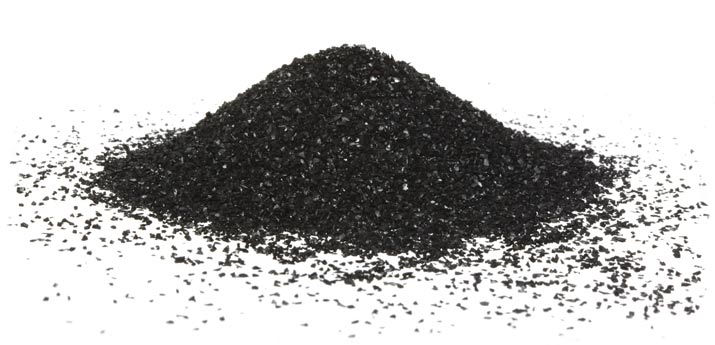This is what you need to know about PFAS: The environmental threat and how to get rid of it.
- post2737
- Mar 21
- 3 min read

PFAS have received increased media attention in recent years, with more and more governments introducing bans on products containing these substances. In addition, increasingly stringent discharge requirements are now being introduced for PFAS-contaminated water. But what exactly are PFAS? Where do they come from, why are they so harmful, and what can we do to remove them from the environment?
What are PFAS?
PFAS, an abbreviation for per- and polyfluorinated alkyl substances, is a large group of synthetic chemicals, of which the most common and most researched are PFOA, PFNA, PFOS, and PFHxS. PFAS were first produced in the 1950s and quickly became popular due to the chemical properties of the substances. It turned out that PFAS are both water-, grease- and dirt-repellent, and therefore very suitable for use in everything from frying pans with Teflon coatings to fire-fighting foam, impregnated textiles, cosmetics and food packaging. In recent times, however, it has become known that PFAS pose serious environmental and health challenges.

PFAS – an environmental threat
One of the biggest challenges with PFAS is that they break down extremely slowly in nature. That’s why they’re often called “forever chemicals,” because they can remain in the environment for decades without breaking down. This has led to PFAS concentrations in nature constantly increasing, especially in water sources and soil. They can also bioaccumulate in the food chain, meaning they build up in organisms over time and can reach harmful levels in animals and humans.
Health effects of PFAS
PFOS and PFOA are the most studied forms of PFAS in terms of health effects, and research has shown that exposure to these substances can have negative health effects for both humans and animals. These substances have been linked to a number of serious health problems, including:
Hormonal disorders
Increased risk of cancer
Reduced immune system
Liver damage
Developmental disorders in fetuses and children
Due to these risks, several countries have introduced stricter regulations on the use and release of PFAS. However, large amounts of PFAS are still found in the environment, especially in water sources near industrial areas, landfills and fire training areas.
How are PFAS removed from water?
Since PFAS do not naturally break down, advanced purification techniques are required to remove them from water. This is something we at Nordisk Vannteknikk have been researching for a long time, and have come up with several methods that help remove PFOS, PFOA, and other PFAS compounds in water:
Activated carbon filtration: Activated carbon is a well-known filter medium for removing contaminants in both air and water, and is the most common and effective way to reduce PFAS in water. Activated carbon has a high surface area and therefore very good absorption capabilities, which means it effectively captures most contaminants, including PFAS molecules. The use of activated carbon is often the last part of the purification process where the last contaminant is captured after all other contaminants have been removed via traditional sedimentation or chemical precipitation.
Sedimentation with Polyclay: Another method for removing PFAS earlier in the treatment process is by using Polyclay. Polyclay is a coagulant and flocculating agent that is used in water to bind particles and produce sediments that sink to the bottom. Some types of polyclay contain larger amounts of activated carbon, and can thus help to capture PFAS already during coagulation and remain with the sediments that form the sludge.
Advanced membrane filtrations: Methods such as reverse osmosis can also be used to remove PFAS from water, but these solutions are often expensive and require high energy consumption.

Whats next?
Combating PFAS pollution is an important part of environmental protection efforts. Nordisk Vannteknikk is actively working to develop and implement effective treatment solutions to limit the spread of these harmful chemicals. By using advanced technology, we can contribute to a healthier environment and better protection for people and animals.


